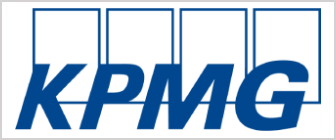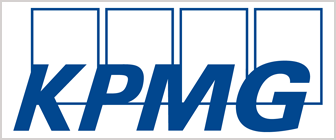“This [anti-inflation] package is the right investment to reduce the inflation that impacts all households and businesses”, the Luxembourg Finance Minister Backes explained.
On Tuesday 20 September evening, the tripartite (government, employers and unions) verbally agreed a series of measures, aimed at fighting a galloping inflation in Luxembourg (6.8% as at August). Thus, an “anti-inflation package” was adopted. If the exact date of application of these measures should be precised, their implementation should in principle take place beginning of October 2022 for an application in 2023. The exact duration of these temporary measures remains however to be defined.
Amongst these measures, the Luxembourg government has decided to introduce temporary 1% decreased VAT rates on goods and services as follows:
The standard VAT rate will be 16% (instead of 17%):
This rate will apply to every good or service not subject to any other lower VAT rate
Intermediary VAT rate will be 13% (instead of 14%):
Examples of goods and services eligible for the intermediary VAT rate include:
- custody and administration of securities,
- administration of loans and credit guarantees by a person or organisation other than the one who granted the loans,
- grape wine with 13 per cent or less alcohol (except those fortified with alcohol, sparkling wines or wines known as vin de liqueur),
- solid combustible minerals, mineral oils and wood intended for use as fuel,
- Printed advertising material, commercial catalogues and similar publications, tourist information publications,
- detergent and cleaning preparations, etc.
The reduced VAT rate will be 7% (instead of 8%).
Examples of goods and services eligible for the reduced VAT rate include:
- Gas,
- electric energy,
- heat supplied by a heating system,
- hairdresser, repair of bicycles,
- footwear and leather articles,
- several plant protection products, etc.
The 3% super-reduced VAT rate remains unchanged.
Companies should ensure that they will apply the correct VAT rate on the sales and invoices issued. This should as well be monitored when companies receive invoices from suppliers, where they have to self-assess the correct VAT treatment (and rate) under the reverse-charge mechanism.
Implementing these changes should also be taken into consideration when preparing the VAT returns.
Particular attention should be paid to the VAT rate applicable considering the taxable event and chargeability of tax.
Finally, eCDF also made an announcement on their website that the decrease of the VAT rates will incur the publication of new VAT forms. Upcoming communications should therefore be monitored.
Careful preparation is required to ensure that software and accounting systems are updated to reflect these changes.
Please reach out to Quentin Warscotte, Tax Partner, quentin.warscotte@kpmg.lu or to you usual KPMG adviser for more information.


